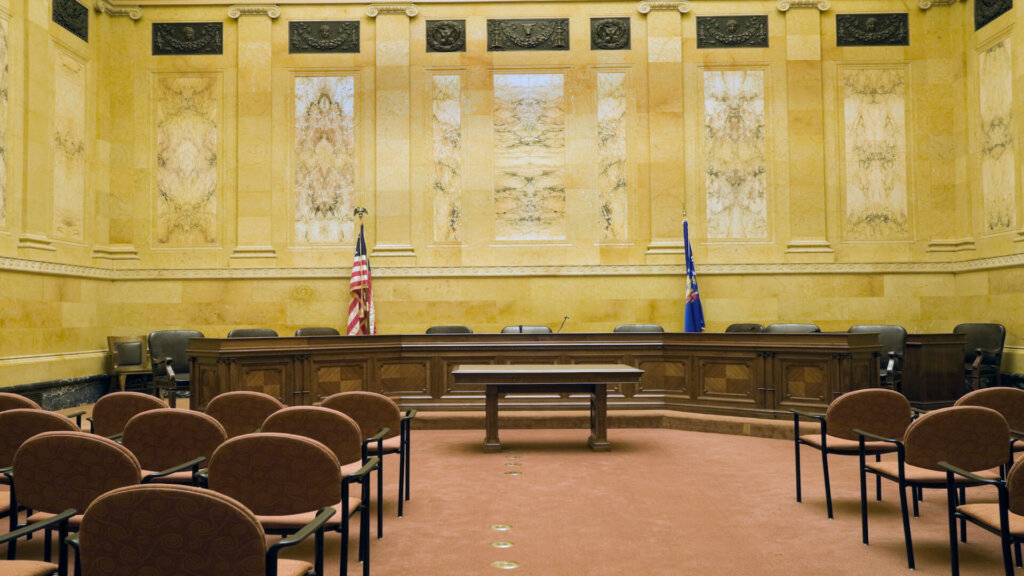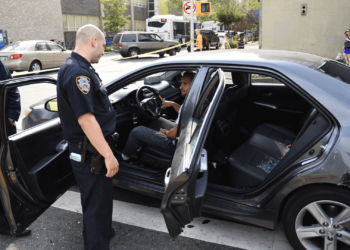If you have been involved in a personal injury related accident, you may have the right to file an injury claim for fair compensation. However, most individuals involved in a personal injury situation have little to no idea what really happens in a trial. While a significant number of personal injury claims are usually settled before a lawsuit is filed, there are instances when a trial is required.
A personal injury trial may be necessary if you are unable to reach an appropriate agreement with the insurance company or decide who is at fault. Also, you may choose to head for trial if you believe you will benefit more from having your claims heard by a judge and jury. As an experienced California personal injury lawyer will explain, if you are considering an injury claim, it is essential that you understand what happens during a personal injury trial.
In this article, you will learn about the various processes and phases involved in a typical personal injury trial.
What to Expect in a Personal Injury Trial
#1: Preliminary matters
Before the proper start of a personal injury trial, there are several preliminary matters you can expect to take place. Often, the trial cannot begin without these steps first being taken. The first of these is the filing and service of court processes.
California law specifies a time period within which all personal injury claims must be filed. This is referred to as a “statute of limitations”. The general time limit for filing personal injury claims in the state is two years from the date of the injury. If the case is for the wrongful death of a loved one, the time starts to run from the date when the person died. Cases that are not filed within the time limit will not be entertained by the court, except certain limited exceptions apply. After filing the lawsuit, you can expect your California personal injury attorney to serve the court papers on the defendant.
Once the papers are filed, another aspect of the preliminary stage, called ‘discovery’, begins. During discovery, attorneys on both sides will investigate what the other party’s claims and defenses are. They send questions, called ‘interrogatories’, to each other and then take depositions, recorded statements, of the parties to the trial and their witnesses. The process can last between several months to a year, depending on the complexity of the case.
This stage may also involve pre-trial motions where both attorneys try to obtain an advantage for their client by asking to suppress certain evidence or require a particular person to be called as a witness.
#2: Selection of Jury
The next thing to expect during a personal injury trial is the selection of a jury. Judges and attorneys select juries through a process known as voir dire. Voir dire means asking potential jurors about themselves to determine biases. During a typical voir dire session, attorneys for both sides will ask potential jurors several questions to assess their attitude, bias, personal relationships, and ability to act as a neutral jury.
These questions are asked to uncover any form of connection or bias a potential juror may have with the insurance company, defendant or plaintiff. The law is that jurors must be objective and must give a verdict solely on the evidence presented. California Jury Instructions CACI 113. It is essential to point out that both attorneys have the legal right to refuse the selection of certain jurors based on suspected biases or connection to the case.
#3: Opening Statement
An opening statement is when both lawyers layout before the jury an overview of the case. The main goal of the opening statement is to welcome the jurors and inform them on what to expect from the evidence.
Experienced personal injury attorneys also use an opening statement to explain the basis of a party’s case and how they will be proved right by the evidence. A typical opening statement session may last a half an hour or maybe an hour per side.
#4: Direct Examination of Witnesses
After the opening statement, the plaintiff attorney will need to summon his or her witnesses for testimony and direct examination. A direct examination is essentially guiding the witness to tell their side of the story to the court. This is for the purpose of giving evidence, which will determine who the judge and jury believe at the end of the trial.
Some of the witnesses that you can expect to testify in a personal injury trial will include eyewitnesses to the accident and experts. The testimony of experts is often required in trials where answering technical questions may be important to proving a party’s case. For instance, if the trial is based on a car accident claim, an expert can help reconstruct the accident to show who was at fault.
During the direct examination, the plaintiff gets to go first and last since they have the burden of proof and filed the injury claims. Once the plaintiff attorney is done with the direct examination of his or her witnesses, the defense lawyer will have an opportunity to cross-examine the witnesses.
The purpose of cross-examination is for the defendant’s attorney to test the story of the witness, looking for breaks in logic or the presence of falsity. As soon as the plaintiff has put forward their side of the case, it is time for the defendant or insurance company to present its case.
At this point, exhibits will be presented to establish either the plaintiff or defendant case. Witnesses may also be called upon to confirm the stories or photos put forward by either party. If a witness can validate that a photo or document is what it claims to be, and the document or photo is relevant to the case, the exhibit will be received by the jury as evidence.
#5: Closing Arguments
Also referred to as a summation, this is the final chance for both attorneys to convince the six or twelve jurors that their position is correct. Most of the time, the attorneys will base their summation on the exhibits and evidence available. A typical summation will highlight how the accident will impact the injured party and the reason they need fair compensation.
Experienced attorneys also take this time to walk the jury back to how they stated the case would be proved during the opening statements and how they succeeded. Many cases can be won or lost during closing arguments as attorneys take the opportunity to clarify their case in the minds of the jury.
The plaintiff’s personal injury attorney gives the first closing arguments, then the defense attorney makes their own argument. Since the plaintiff has the primary duty to prove their case, their lawyer gets to make a rebuttal argument after the defense attorney.
#6: Jury Instructions
Before a jury can deliberate on the case in private, the judge will read out the jury instructions. A jury instruction is an actual law the county judge reads to the jury to help them use it as a guide to making their decisions. The instructions will explain what the jury should consider in the case and how the law applies when making their verdict. In California, the applicable jury instructions are the Judicial Council of California Civil Jury Instructions.
The instructions are generally uniform, which means they have already been subjected to appellate review and approved. Sometimes, the judge may decide to customize the instructions to suit the case. The content of the instructions is explained to the jury by the judge with input from both the defense and plaintiff attorneys.
#7: Jury Deliberations
After the conclusion of the closing arguments and jury instruction, the jury retires to a private room to begin a discussion of the case. Once in the jury room, the first order of business is to select one of the jurors to act as a jury foreperson. The duty of the foreperson is to preside over the discussions, organize the votes, and often deliver the verdict of the jury. Most importantly, during a typical deliberation, the jury analyzes the arguments, interprets the evidence, and decides on which position to agree upon.
There is no specific time frame for jury deliberation. It could last for hours, weeks or even months. However, only incredibly complicated or controversial cases take a long time to decide. Most cases are often determined within hours or days.
#8: Verdict
A verdict is the final decision or findings made by a jury with regards to who is at fault for the accident, damages, and compensation amount to be awarded. All jurors must agree on a verdict. Sometimes, it may take hours or even days for the jury to reach a unanimous verdict. However, jurors are not expected to surrender their personal beliefs concerning the truth or weight of evidence. If the jury cannot reach a verdict, the trial will be commenced afresh before another jury. Inouye v. Pacific Southwest Airlines (1981) 126 Cal.App.3d 648, 650–652 [179 Cal.Rptr. 13].
Once a verdict is reached, the jury foreperson delivers the verdict to the judge who reads out the decision of the jurors. After the verdict announcement, the winning side prepares the judgment which will then be signed by the judge. If either party is unhappy with the jury’s decision, they can file a post-trial motion asking the judge to re-evaluate the verdict. However, the judge will only do this when they are convinced no reasonable jury could have reached such a decision.
An unhappy party may also choose to appeal by filing a notice to the relevant appellate court, asking them to review the decision of the trial court. This begins another process that can take years to conclude.
If you or a loved one were injured due to the negligence of someone else, you may be able to recover compensation through a personal injury trial. But whether filing a lawsuit is the best option for you will be something your personal injury attorney will advise you on after hearing your story. To learn more about your rights and options in a personal injury claim, contact the California personal injury attorney at Eldessouky Law. Schedule a free, no-obligation consultation today.








